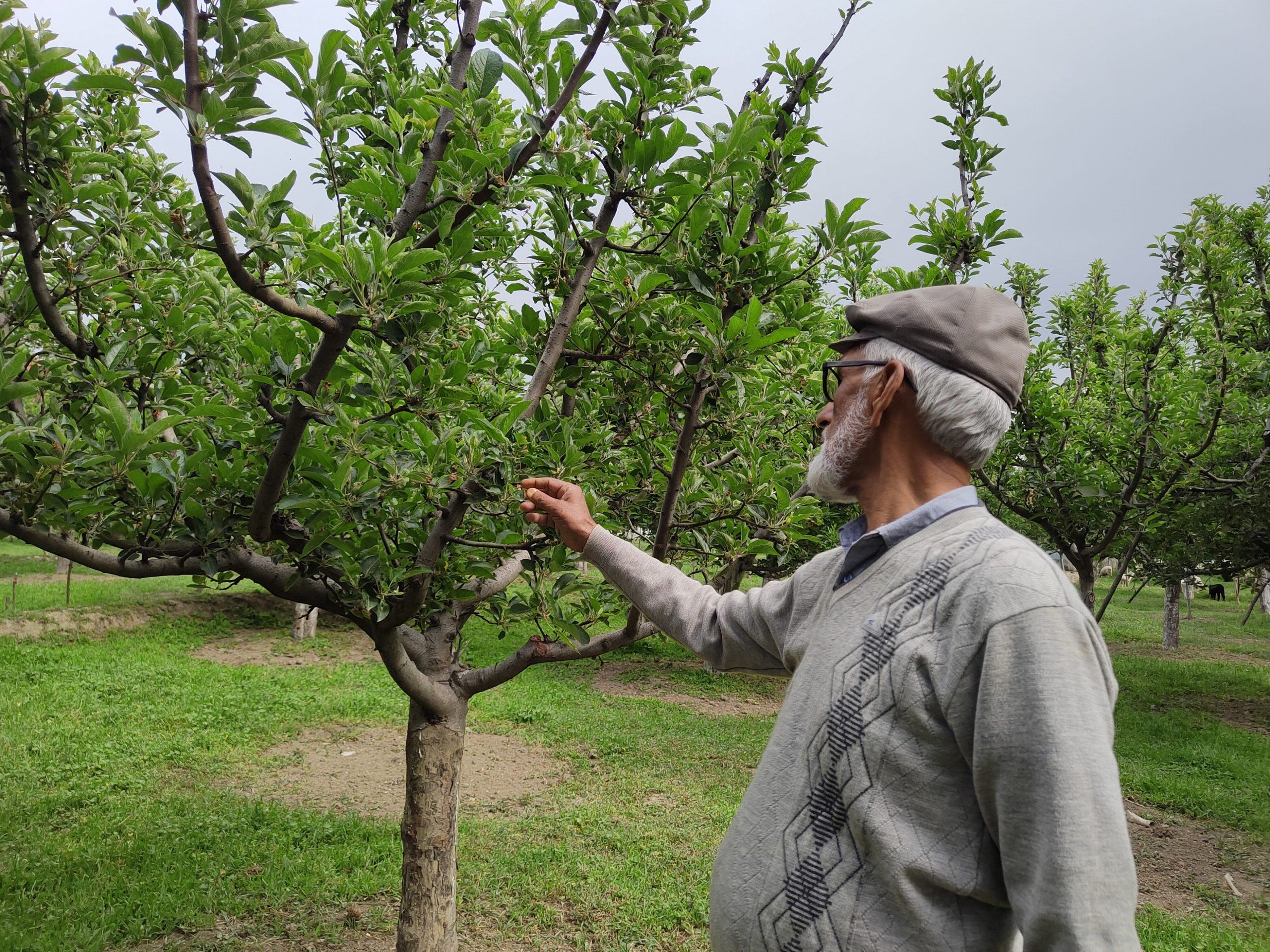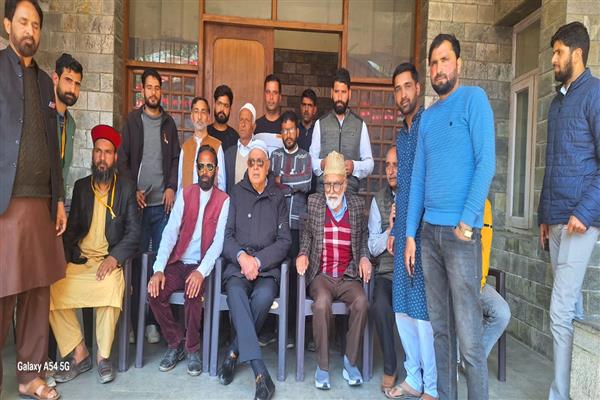Amid cloudy weather, intermittent rain lashed Jammu and Kashmir on Wednesday. Light to moderate showers with lightning and winds were observed at many places of the Union Territory particularly in the afternoon. “We have recorded rain in all weather stations of J&K,” said an official of the meteorological department.
She said the highest rainfall of 6.2 mm was reported in Jammu’s Batote and 5.4 mm in north Kashmir’s Kupwara district during the day. “The summer capital Srinagar was drenched with light rain of 0.7 mm which is still continuing intermittently,” she said at 5.30 pm.
The meteorological department has predicted erratic weather across J&K for the next eight days. Director of J&K MeT department Sonam Lotus said Thursday and Friday were likely to witness intermittent rain and thunderstorms with snowfall over higher reaches at most places of J&K. “There is no forecast of any major snowfall, however expect colder days ahead,” he said.
There was a decrease in day temperature in Kashmir on Wednesday with Srinagar recording a maximum of 20.8 degree Celsius as against 23.7 degrees on Tuesday. The city recorded a night temperature of 7.9 degree Celsius on Tuesday night, some 1.4 degree Celsius below normal.
The southern resort of Pahalgam in Anantnag recorded a low of 2.6 degree Celsius, some 1.8 degree Celsius below normal on Tuesday night, while the ski resort of Gulmarg in north Kashmir experienced a minimum of 3.2 degree Celsius, which was 1 degree Celsius below normal.
In the Jammu division, the city saw a maximum temperature of 34 degree Celsius on Wednesday and a minimum temperature of 18.5 degree Celsius, which was 2.5 degree Celsius below normal on Tuesday night.
The MeT director said April 29 and 30 will witness partly to generally cloudy weather with intermittent rain and thunderstorm at scattered places. “Overall, weather is likely to remain erratic from April 27 to May 4 in J&K,” the director said.
He advised farmers to postpone spraying of orchards till May 4. Last week, widespread rains lashed plains and snowfall was observed in higher reaches of Jammu and Kashmir intermittently.
The MeT has said March witnessed a large deficit of rainfall in many districts of Kashmir division (average deficit was 69%) and also in many districts of Jammu division, where average departure below normal was 44%.
Meanwhile, Intermittent rainfall and low temperatures early this month affected the pollination of apple orchards across Kashmir triggering concern of decrease in production during harvesting season later this year.
Farmers and horticulture experts say that low temperatures and rain which started in the last week of March and intermittently continued in April have affected the “fruit set” of apples — a transitory phase from the flower pollination to the fruit development in plants.
Fayaz Ahmad Malik, president of the Fruit Association of apple town Sopore, said rain and low temperatures have affected apple pollination by around 20%, though the experts have put the figure at around 30%. “Honey bees don’t pollinate due to low temperatures and rain, which caused the problem. Rain in the last week of March and then in April affected the apple crop this year,” Malik said.
Kashmir is India’s largest apple grower fetching revenue over ₹ 8,000 to 10,000 crore to the UT and contributing around 8 to 10% of its gross domestic product. The UT produces around 20 lakh metric tonnes of apples per year. Around seven lakh farming families (approximately 35 lakh people) are directly or indirectly associated with the horticulture sector.
The horticulture experts say that the precipitation during the bloom period hampered the cross pollination in apple fruit crop which subsequently affected the fruit set.
Mohammad Amin Bhat, subject specialist and technical officer in the directorate of horticulture, Kashmir, said almost 100% pollination in apple orchards happens by honey bees. “Because of rain and low temperature, honey bees couldn’t move. The result was that the cross pollination didn’t happen properly which didn’t lead to proper fruit-set. The precipitation during the end of March and in April was detrimental to apples,” Bhat said.
For honey bees to move and cause cross pollination in apple fruit plants, temperature should be more than 10 degree Celsius and there shouldn’t be any rain during the bloom period.
Bhat said the effect of the precipitation at that crucial juncture was now visible in the orchards. “The fruit-set is not as expected in the orchards where there were rains at the time of bloom. In those orchards there is approximately a 20 to 25 % reduction in fruit set. Mostly this has happened with apple orchards,” he said.
The expert said in the rest of the crops such as apricot and almond, the fruit-set had happened before precipitation. “But our major crop is apple only. Rain and temperature affects the crop,” he said.
However, Sopore Fruit Association president Fayaz Ahmad Malik was hopeful of a good return if there wasn’t any more weather vagary.
He said the success rate of 70% was still good if there weren’t any hailstorms which could damage the crop. “The production will be less than last year but we hope for stable market rates which will compensate for the reduction in production. Last year, the production was more but the market was down besides the road issues,” he said.
Last year, the apple production had reached its highest ever 20 lakh metric tonnes from earlier 17 lakh metric tonnes but the fruit growers had suffered losses worth hundreds of crores after thousands of trucks from Kashmir became stranded at various places on the highway for days altogether due to various issues.






